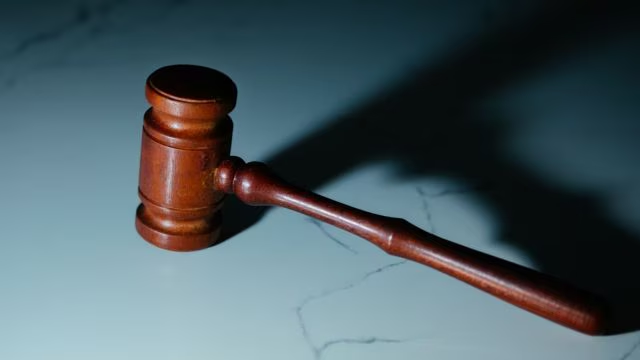The Indian Institute of Science (IISc) researchers have achieved a significant milestone in the fight against microplastic pollution by developing a sustainable hydrogel designed to remove microplastics from water. This innovative solution addresses the growing threat posed by microplastics to human health and the environment, offering promise for cleaner water ecosystems.
Key Features of the Hydrogel
The hydrogel boasts a three-layer polymer structure and leverages nanoclusters of a material known as copper substitute polyoxometalate (Cu-POM) as catalysts for degrading microplastics under UV light irradiation. This design ensures efficient removal of microplastics, with the hydrogel demonstrating impressive removal rates of approximately 95% and 93% for two different types of microplastics in water at near-neutral pH (∼6.5).

Tracking and Stability
To monitor the adsorption and degradation of microplastics by the hydrogel under various conditions, a fluorescent dye is incorporated into the microplastics. This tracking mechanism provides valuable insights into the hydrogel's performance and effectiveness in real-world applications. Furthermore, the hydrogel exhibits exceptional stability across different temperatures, enhancing its viability as a sustainable solution for microplastic removal.
Understanding Microplastics

Microplastics, defined as plastic particles less than five millimeters in diameter, are a pervasive environmental concern, resulting from the fragmentation of larger plastics due to natural factors such as UV radiation, wind, and currents. These minute particles can be categorized into primary microplastics, originating from commercial products, and secondary microplastics, formed from the degradation of larger plastic items like water bottles. Microfibers shed from textiles also contribute significantly to microplastic pollution.
Implications and Future Prospects
The development of this sustainable hydrogel marks a significant step forward in combating microplastic pollution in water ecosystems. By effectively removing microplastics, the hydrogel offers hope for mitigating the adverse impacts of plastic pollution on aquatic life and human health. Moving forward, further research and development efforts are warranted to scale up the production of the hydrogel and explore its applications in real-world settings, contributing to a cleaner and healthier environment for generations to come.
In summary, the groundbreaking work by IISc researchers underscores the importance of innovative solutions in addressing complex environmental challenges like microplastic pollution. Through interdisciplinary collaboration and scientific ingenuity, initiatives like the sustainable hydrogel offer tangible pathways towards a more sustainable and resilient future.










-1920x1080.jpg&w=256&q=75)





